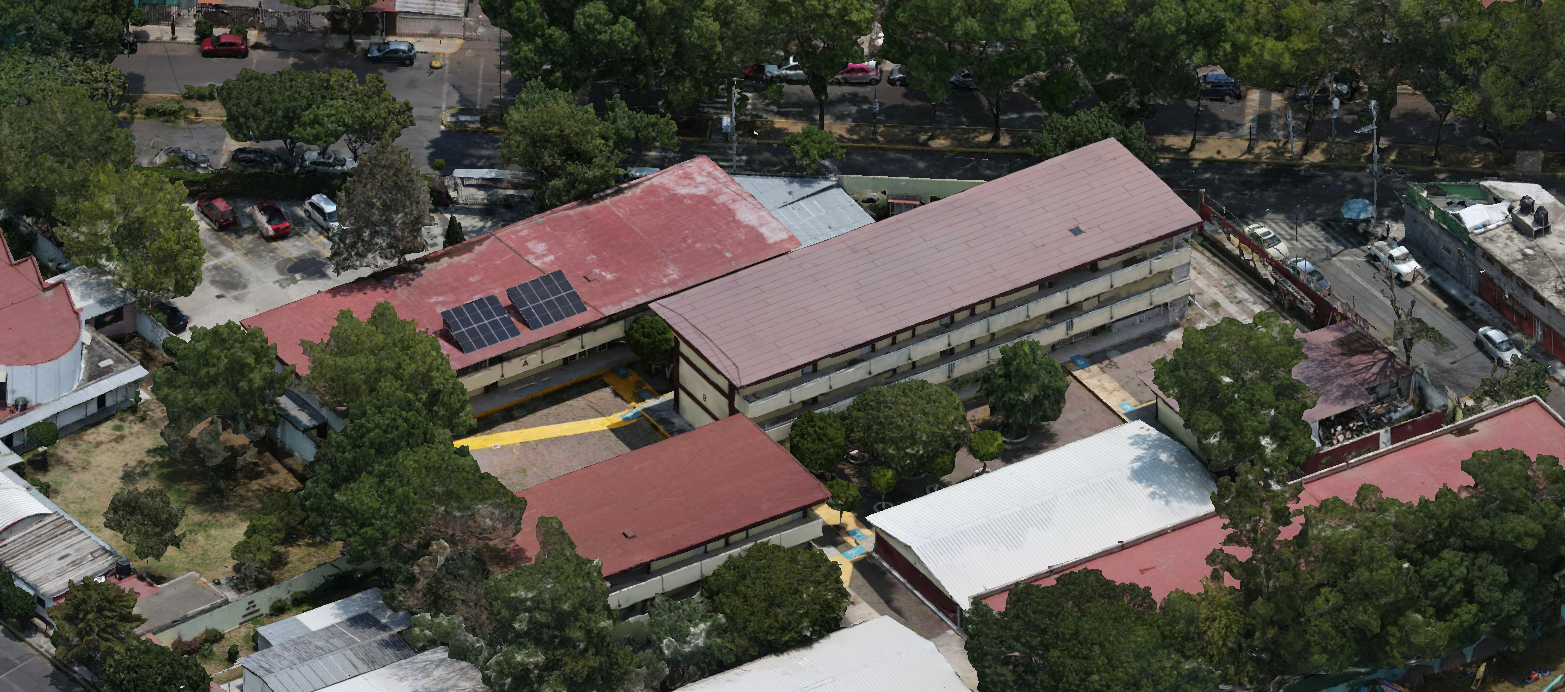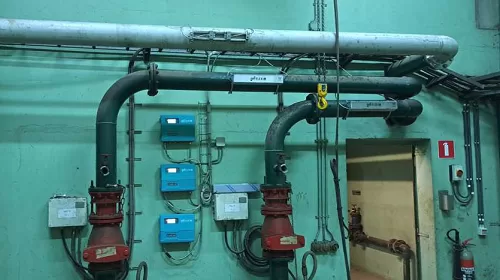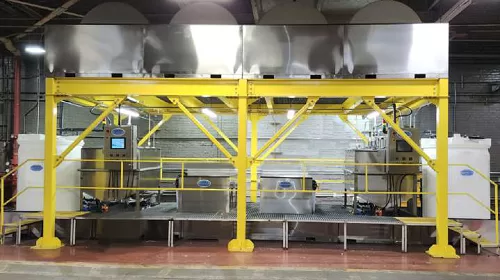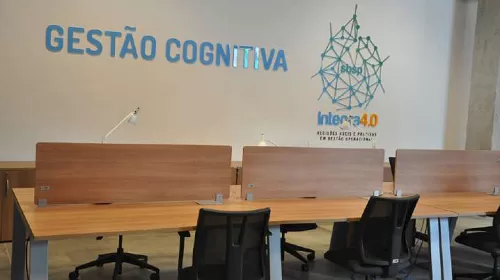By Prathamesh Gawde, Senior Product Marketer, Bentley Systems
Overview
A technical institution in Mexico used Bentley applications to develop a digital twin of a rainwater harvesting project, which is expected to reduce campus carbon dioxide emissions by 32 tons.
Updating Teaching Technology to Meeting Industry Standards
The Center for Industrial Technological Studies and Services is an educational institution that offers careers in architecture and construction in Mexico City, Mexico. The institution wanted to update their digital teaching tools, as their previous software did not facilitate digital integration of planning, design, and engineering processes, which are becoming increasingly popular in the industries. Therefore, they decided to offer a new digital workshop based on BIM and reality modeling, piloting an environmental initiative to harvest rainwater and reduce campus energy consumption.
Finding Software for Improved Digital Collaboration
To ensure efficient and coordinated workflows among students, the Center for Industrial Technological Studies and Services needed integrated modeling technology. The technology would allow them to manage all phases of their sample project—from design through execution—to better teach the students about using BIM in the workplace. However, they realized that their past software did not allow integration or handling of a practical sequence of all the processes. Therefore, each project phase had to be developed independently, leading to significant coordination and data access challenges. As a result, they sought software that would integrate a project covering the design, projection, and execution phases for more efficient and coordinated work on the rainwater and solar energy harvest project.
Developing a Digital Twin to Reduce Energy Consumption
After considering their options, the Center for Industrial Technological Studies and Services selected Context Capture to gather data captured by an unmanned aerial vehicle. With Micro-Station and Open Buildings, the team generated a digital twin to calculate rainwater harvesting volumes and determine the geometric dimensions of a storage tank. The applications also allowed project participants to determine solar exposure times according to the buildings’ positions on the campus. By finding the best location to place photocells, they achieved maximum efficiency of annual sun exposure. The digital solution served as a teaching tool for integrating lifecycle project procedures while saving significant delivery time, as well as streamlining and coordinating student workflows.
Improving the Institution’s Environmental Impact
Using the digital model, the students determined the viability of harvesting rainwater, expecting to save 50% annually in campus drinking water consumption and 25% to 30% in electricity consumption. Following this method would reduce carbon dioxide emissions by 32 tons, the equivalent of planting 1,620 trees per year. It will also save the campus USD 77,000 per year, with a 25-year savings of USD 2.57 million. When applied across the 456 campuses, that is a savings of over USD 24 million a year, a reduction of carbon dioxide by almost 15,000 tons, and the equivalent of planting over 730,000 trees a year. The program will benefit the approximately 920 students with majors in architecture and construction on the campus, as well as indirectly benefit the 400,000 students studying across all campuses.
Quote: “Bentley’s Open Buildings confirmed the viability of the project, making an economic investment with security guarantees. Without Bentley’s applications, promoting a project that has the potential to involve more than 450 schools would be impossible, unthinkable. The savings in resource hours means 80% less, that is why it is totally possible.” — Martha Velia Méndez Soriano, Project Coordinator
Image caption/courtesy 1 (header):The Center for Industrial Technological Studies and Services wanted to update their digital teaching tools, as their previous software did not facilitate digital integration of planning, design, and engineering processes. Image courtesy of Center for Industrial Technological Studies and Services No. 33.
Image caption/courtesy 2 (copy):With MicroStation and OpenBuildings, the team generated a digitaltwin to calculate rainwater harvesting volumes and determine thegeometric dimensions of a storage tank. Image courtesy of Center for Industrial Technological Studies and Services No. 33.
Image caption/courtesy 3 (copy):Using the digital model, the students determined the viability of harvesting rainwater, expecting to save 50% annually in campus drinking water consumption and 25% to 30% in electricity consumption. Image courtesy of Center for Industrial Technological Studies and Services No. 33.





